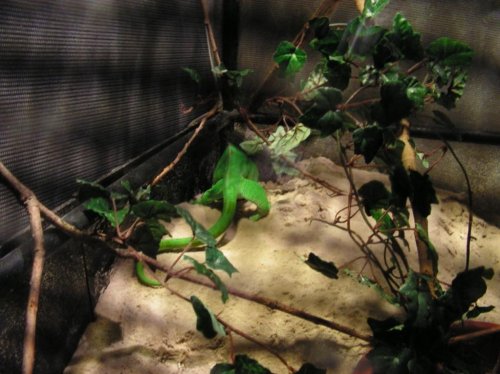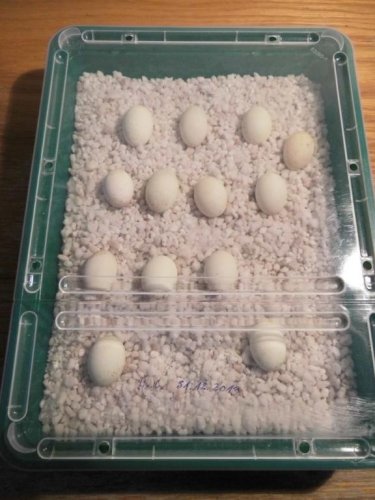rantotro
Established Member
We are using one mobile UV lamp for all chameleons here and exchange it by a new one every year. All front sides of the cages are of mesh, or of nothing if it is a free range.
So we can use it through the front.
But the Osram Vitalux isn't a real spot, it's more a flood light. So it can shine on 2 or more cages in one moment.
In summer we give them natural sunlight outside with a chance for shadow. No lamp can be more natural than the sun.
So we can use it through the front.
But the Osram Vitalux isn't a real spot, it's more a flood light. So it can shine on 2 or more cages in one moment.
In summer we give them natural sunlight outside with a chance for shadow. No lamp can be more natural than the sun.



























